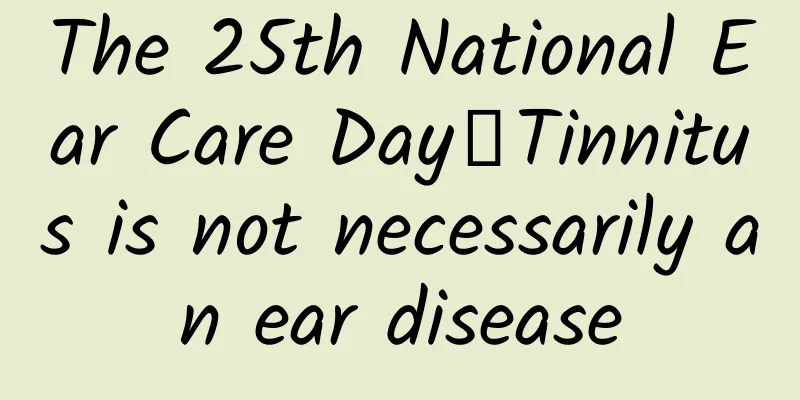What causes breast pain during lactation?

|
Breastfeeding women have a very hard time because the baby has not yet formed a concept of time, and there is no regular pattern for when to sleep and when to eat. It can be said that breastfeeding women at this time are tasked with feeding their babies 24 hours a day, which means that breastfeeding women have little time to rest and are prone to breast diseases. For example, breast pain during lactation is a very common phenomenon. Let’s take a look at what causes breast pain during lactation. The peak period for acute mastitis is within one month after delivery. After 6 months, babies begin to grow teeth, and the nipples are also easily damaged at this stage, so care should be taken to prevent it. During the weaning period, you should be more vigilant about the occurrence of acute mastitis. But the symptoms of acute mastitis vary from person to person, and different people have different manifestations. If a mother who is taking antibiotics develops local inflammation, the symptoms may be masked. If not handled and treated in time, the diseased breast is likely to become festered and even the internal tissues may be damaged, and in severe cases, breast atrophy may occur. When acute mastitis occurs, some new mothers will stop breastfeeding due to abnormal pain. In fact, this practice is incorrect because stopping breastfeeding not only affects baby feeding, but also increases milk congestion and increases the number of bacterial reproduction and growth. Therefore, when you feel breast pain, swelling, or even local redness of the skin, not only should you not stop breastfeeding, but you should also feed your baby frequently and let the baby suck out as much milk as possible from your breasts. When localized breast suppuration occurs, breastfeeding should be stopped on the affected breast, and the milk should be drained out using conventional milking techniques or a breast pump to facilitate smooth milk discharge. At the same time, the baby can still drink breast milk from the other healthy breast. Only when the infection is severe or the abscess has been incised and drained, or when breast atrophy occurs, should breastfeeding be completely stopped, and active measures to stop milk production should be taken as prescribed by the doctor. Avoiding milk stasis and bacterial invasion and infection caused by nipple damage and cracks during lactation is the key to ensuring that new mothers are not plagued by acute mastitis. Breast pain during lactation is a common phenomenon for women who are breastfeeding. Most women think that it is a symptom caused by the baby's breastfeeding and do not pay too much attention to this phenomenon. In fact, this is a reaction to a disease and women need to pay attention to it. I hope women can understand it. |
<<: Is it possible to stop breastfeeding if you have mastitis during lactation?
>>: What to do if you feel dizzy and want to vomit during menstruation
Recommend
What is vulvar burning pain?
The female vulva is very important to women, beca...
How to abort after one week of pregnancy
For women, abortion is one of the most painful ex...
Nursing methods for weakness during ovulation
Many female friends who are menstruating always f...
The wisdom tooth is inflamed again. Should I remove it or not?
Have you ever heard that removing wisdom teeth ca...
Symptoms of first menstruation in girls
Generally, girls have their first menstruation at...
No inflammation in lower body odor
There are many reasons why women have odor in the...
What should I do if I haven't had my period for three months?
Different women have different menstrual cycles, ...
What to do if you have no appetite during menstruation
Menstruation always makes women feel particularly...
Eating well really makes you happier! A comparison of anti-depression foods, these are the most recommended...
In today's fast-paced urban life and increasi...
What dishes are eaten at the beginning of spring? What traditional vegetables are eaten at the beginning of spring?
The Beginning of Spring is the first of the 24 so...
What are Western dishes? How to use Western tableware
Western food is the food of Western countries. The...
How to choose essence? How to use essence
Essence is good, but you can't just buy any p...
How much does surgery cost for ectopic pregnancy
Before performing surgery for ectopic pregnancy, ...
What does it mean when a woman dreams of eating a snake?
Snakes are very repugnant to many people. They ar...
A 70-year-old man was dizzy and irritable because he had a "stone" in his ear
Ms. Zhong, 75, felt dizzy when she got up, lay do...









